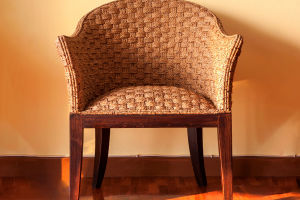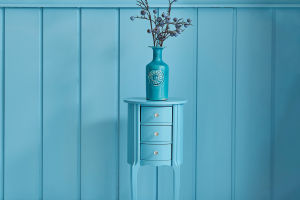The allure of top-tier porcelain extends far beyond its raw materials and prestigious status; it lies in the intricate craftsmanship passed down through generations.
Much like a closely guarded recipe, the heritage of these European luxury porcelain pieces transcends mere utility, often reserved for exclusive use by royalty.
To collectors, their value rivals that of cherished antiques and revered paintings.
Yet, amidst this tradition, many renowned luxury porcelain brands have embraced innovation, infusing their timeless designs with a contemporary flair. By collaborating with designers worldwide, they breathe new life into their storied brands, injecting them with fresh vitality.
The Royal Porcelain Handicraft Factory in Berlin boasts a rich history spanning 250 years. Reflecting its esteemed tradition, creativity remains at the forefront of this Berlin-based porcelain workshop.
Today, whether as tableware or gifts, the handmade and painted KPM porcelain continues to command attention.
Established in 1751, this porcelain factory was acquired by Prussian King Frederick the Great in 1763, propelling Berlin porcelain to global fame.
Bestowing upon the factory its name and trademark—a jewel-blue monarch's scepter—the Prussian emperor symbolized the unparalleled excellence of its porcelain. Throughout the ages, this "masterpiece made of white gold" has epitomized exquisite craftsmanship and boundless creativity.
KPM Porcelain stands out for its uniqueness, with each piece crafted as a one-of-a-kind masterpiece. Handmade with meticulous care, KPM remains one of the few factories worldwide committed to traditional craftsmanship.
From molding to painting, every stage of production exudes unparalleled precision and artistry. With a range of decorative motifs—some featuring up to 19 designs—KPM porcelain captivates with its exquisite relief carving and hand-painted floral motifs.
Over the years, KPM porcelain has set the standard for elegance in every era. From the Rococo era's ROCAILLE and NEUOSIER tableware to the classical brilliance of the KURLAND series and the modern sophistication of the URBINO and URANIA lines, KPM's creations continue to grace prestigious collections worldwide.
The brand's philosophy of collaboration with renowned designers of each generation is evident in its latest collection, BERLIN, developed in partnership with Milanese architect and designer Enzo Mari.
Similarly, Royal Doulton, founded in 1815, has earned distinction as the UK's largest bone china exporter.
Honored with a knighthood by Queen Victoria in 1887 and authorized by Edward VII for Royal Household Tableware in 1901, Royal Doulton has upheld its reputation as a purveyor of exquisite gold-plated tableware, cherished by royal families worldwide.
Queen Victoria herself hailed it as "the world's most beautiful porcelain maker," a sentiment echoed by dignitaries and discerning collectors across the globe.
In essence, the legacy of these esteemed porcelain brands transcends mere craftsmanship; it embodies a timeless elegance that continues to captivate hearts and minds worldwide.
The enduring appeal of luxury porcelain brands like KPM and Royal Doulton lies not only in their exquisite craftsmanship but also in their cultural significance. These brands serve as custodians of tradition, preserving centuries-old techniques while adapting to evolving tastes.
Their creations adorn the tables of dignitaries and elite households, symbolizing refined taste and sophistication.
Beyond their aesthetic allure, luxury porcelain pieces evoke a sense of nostalgia and heritage, connecting collectors to bygone eras. As symbols of status and prestige, these porcelain treasures continue to transcend borders, captivating enthusiasts and connoisseurs globally.


